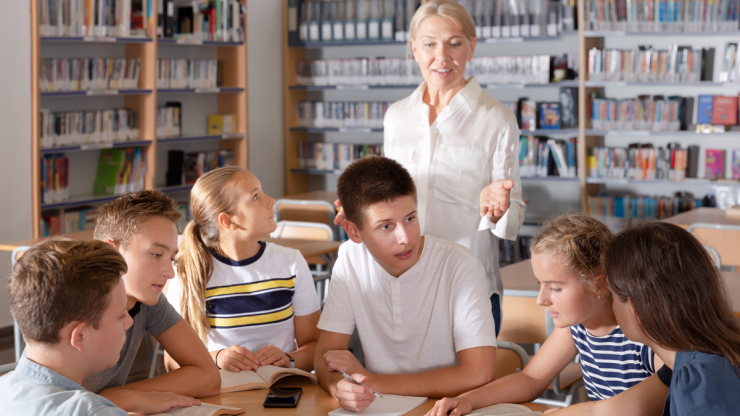
With an initial discussion on the topic of searching backwards for images on the Internet and a corresponding sample film, the children and young people learn how a complex topic can be conveyed in a comprehensible way through an animated film. The children and young people then work in small groups to produce their own layouts: First, they familiarize themselves with the technical and content-related preparations for producing a layouts film.
Together, they decide on a theme, the sequence and the goal of their film. In preparation for this, they make the necessary materials, work out the voiceover, build the film set and assign the roles for the filming team. After the preparation phase, the children go into the implementation phase and finalize the film. At the end of the project, all films are shown. The group discusses how and whether the topic was presented in a clear and understandable way.
As an introduction to the project idea, the children research and discuss the topic of Internet research. Based on the information they find, they reflect on how and with which tools a topic can be explained in a clear and understandable way.
Social form: Plenary
The following questions can be helpful:
1. what should be explained or expressed?
2. what message should the film convey?
3. should or can the topic be explained more in the form of a story or as a step-by-step guide?
The brainstorming process quickly leads to the creation of a storyboard (see Storyboard for more information). In it, the groups record scene by scene and also list which visual materials (real objects, pictures, photos, graphics) are to be used. The storyboard is used to develop the narration.
Social form: Group work
Social form: Group work
Social form: Groups
The method of the laying film technique uses the creative and technical potential of children and young people and at the same time offers the possibility to show that knowledge can also be conveyed in a different form as well as from different perspectives. The videos can be created across subjects and topics.
 The importance of developing skills such as creativity and critical thinking is often stressed.
Knowledge or competence?
The importance of developing skills such as creativity and critical thinking is often stressed.
Knowledge or competence?
 Teachtoday inspires and encourages cross-disciplinary and project-oriented knowledge transfer.
Learning by trial and error
Teachtoday inspires and encourages cross-disciplinary and project-oriented knowledge transfer.
Learning by trial and error
Big Data

